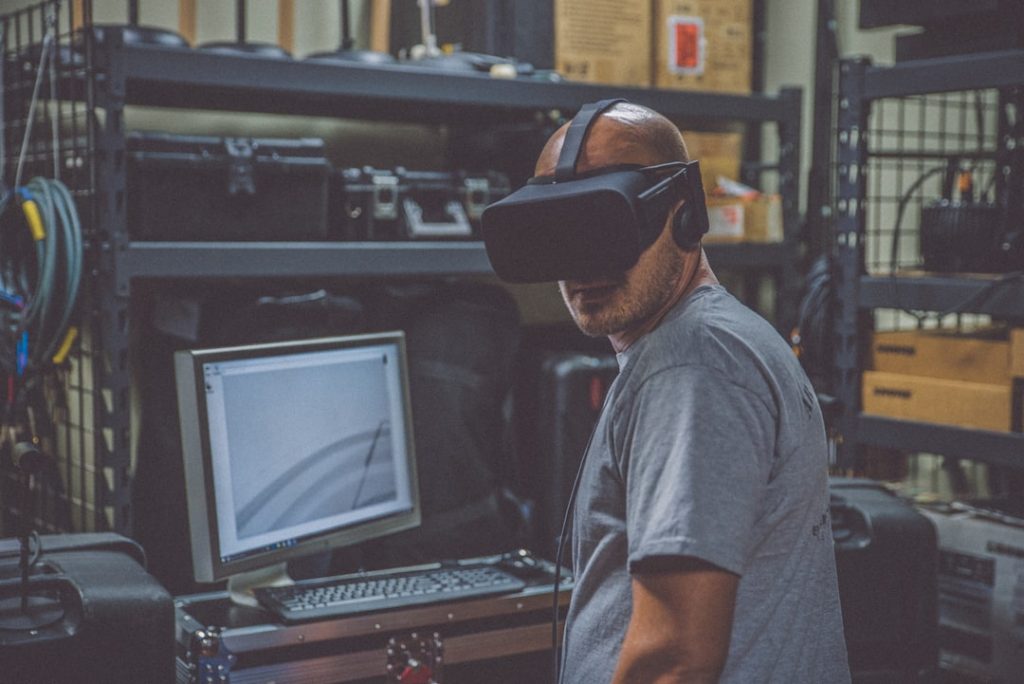In recent years, especially following the COVID-19 pandemic, the remote work model has transitioned from a rare perk to a common reality for many U.S. businesses. While this shift has been largely beneficial, it has raised essential questions about managing and monitoring remote employees. Companies are increasingly adopting monitoring practices to ensure productivity, accountability, and trust. But when executed ethically and transparently, employee monitoring can do much more than just protect a company’s bottom line—it can foster a culture of trust and collaboration across teams separated by miles.
Why Monitoring Matters in a Remote Work Setup
Remote work, while flexible and often more efficient, removes the in-person oversight that managers once relied on. Without visibility, leaders may struggle to assess how effectively time is being used. Monitoring tools are designed to close this knowledge gap, helping leaders remain connected with their distributed teams without micromanaging.
Monitoring remote workers provides measurable data that helps managers understand workflow patterns, identify bottlenecks, and allocate resources more effectively. This ensures not just productivity but also enables decision-making based on factual insights rather than assumptions.

The Benefits of Monitoring for Productivity
When implemented with employee transparency and support, productivity-monitoring tools can offer sweeping benefits for both organizations and their workers:
- Enhanced Focus: Knowing their activity is being monitored can motivate employees to remain engaged and on-task during work hours.
- Workflow Optimization: Managers can view when and how work is completed, allowing them to redistribute workloads and streamline inefficient processes.
- Performance Analysis: Objective data provides a solid foundation for performance evaluations, promotions, and workload adjustments.
- Real-time Feedback: Tools that offer immediate insights can help employees adjust habits on the spot, improving productivity without delay.
Moreover, monitoring technologies allow HR and team leaders to identify not just lagging performance but also employees who consistently go above and beyond. This ensures recognition and reward systems are data-driven and equitable.
How Monitoring Builds Trust—Not Breaks It
It’s a common misconception that surveillance erodes trust, especially in remote environments. However, studies show that when monitoring is introduced responsibly, it can foster a more transparent and trust-rich culture.
The key lies in clear communication. When companies inform employees about the nature of monitoring, its purpose, and how the data is used, they establish a contract of mutual accountability. Employees understand that monitoring isn’t about spying—it’s about support and fairness.
Transparency Best Practices:
- Explain why monitoring tools are being used.
- Outline what types of data are collected (e.g., app usage, time logs).
- Disclose how and when employees are monitored.
- Allow employees to access their own productivity data for self-evaluation.
When employees are aware of being monitored and understand its objective nature, they often report feeling more secure in their roles and more fairly evaluated. This results in a culture of mutual trust, where expectations are clear and merit is recognized with accuracy.

Case Study Examples in U.S. Companies
Several leading companies in the U.S. have successfully leveraged monitoring to create more connected and productive remote environments. For instance, a marketing agency based in New York reported a 22% increase in client deliverable turnaround times after implementing a time-tracking and productivity-analysis tool. Staff used personal dashboards to self-correct inefficiencies, leading to both higher output and reduced burnout.
Similarly, a software development firm in Austin utilized behavior analytics to understand how team members collaborated on coding sprints. The insights derived led to smarter scheduling practices, tailored to individual productivity rhythms rather than a rigid 9-to-5 schedule.
This data-driven approach didn’t just boost productivity—it nurtured an environment of autonomy, where employees felt empowered to optimize their own work processes, backed by real data.
Choosing the Right Monitoring Tools
Not all monitoring technologies are created equally. U.S. companies must be strategic in selecting tools that align with their corporate values and respect employee privacy. Some popular categories include:
- Time Tracking Software: Tracks the time employees spend on specific tasks or projects (e.g., Toggl, Time Doctor).
- Activity Monitoring: Records app and website usage, offering breakdowns of productive vs. unproductive actions (e.g., Hubstaff, RescueTime).
- Project Management Tools: Indirectly monitor performance through task completion and collaboration logs (e.g., Asana, Trello, Jira).
- Screen Capture and Logging: Offers visual records of user screens at intervals (used sparingly and with transparency).
When coupled with employee consent and well-defined usage policies, these tools become assets rather than liabilities.
Ethical Considerations to Keep in Mind
While monitoring offers clear benefits, ethical considerations must not be overlooked. Over-surveillance or invasive tracking can lead to employee dissatisfaction and even legal implications.
To ensure ethical monitoring, companies should:
- Implement opt-in or consent-based policies.
- Set limitations on the types of data collected.
- Regularly review the relevance of monitored metrics.
- Ensure data security and restricted access to sensitive information.
Another best practice is to involve HR teams and legal advisors when implementing any new monitoring tool or policy. This ensures compliance with local and federal labor laws, including GDPR or state-specific privacy statutes like the California Consumer Privacy Act (CCPA).
The Future of Monitoring and Remote Work
Remote work is here to stay, and so is the need for monitoring that respects workers and supports business needs. The future lies in hybrid solutions that integrate productivity insights with mental wellness checks, helping organizations manage workloads without overburdening their staff.
Many software vendors are innovating AI-based systems capable of measuring productivity while also detecting early signs of burnout or disengagement. This holistic approach will undoubtedly reshape how U.S. companies view the balance between oversight and empowerment.
Conclusion
Monitoring remote employees, when executed with transparency and intention, can be much more than a tool for oversight. It can be a catalyst for stronger productivity, clearer communication, and deeper trust. U.S. companies that embrace this balance set themselves apart as adaptable, fair, and forward-thinking employers in a new world of work.
FAQ: Monitoring Remote Workers
- Q: Is monitoring remote employees legal in the U.S.?
A: Yes, but it depends on state laws and the methods used. Employers generally must notify employees about monitoring and ensure they’re compliant with local regulations. - Q: Does monitoring software invade employee privacy?
A: It can if used unethically. That’s why it’s critical to outline what is being monitored, obtain consent, and use only necessary data for performance evaluation. - Q: Can monitoring actually improve trust?
A: When introduced with transparency and fairness, monitoring can enhance trust by ensuring accountability is based on objective data rather than speculation. - Q: What are the best tools for remote monitoring?
A: Tools like Time Doctor, Hubstaff, and Asana are popular for time tracking and productivity analysis. The best choice depends on your company’s size, goals, and work culture. - Q: How should companies inform employees about monitoring?
A: Through an open communication policy or dedicated onboarding session, including documentation that clearly outlines what’s being monitored and why.


